Transforming a small room into a space that feels more open and light doesn’t require tearing down walls. It’s about illusion—creating the perception of more square footage and brightness through thoughtful design choices. Interior designers use certain tricks that make tiny spaces not only more functional but also more beautiful. Here’s 10 ways you can apply these designer-approved strategies to make your small home, from the tiny bathroom to the compact dining room, feel more spacious and welcoming.
1. Choose Light Colors and Play with Contrast
Colors play a major role in interior design, especially when working with smaller spaces. Lighter colors are known for their ability to reflect natural light, and they’re key to creating the illusion of more space. Painting your walls in soft, pale colors such as off-white, light blue, or a subtle greige can instantly make a small living room look larger. But the magic doesn’t stop there! Dark shades tend to visually “recede.” This means that if you paint an accent wall in a slightly darker shade than your walls, you can give the impression of more depth in small rooms. It’s a great trick for making your room appear to be a bigger space, while also adding a ton of character.
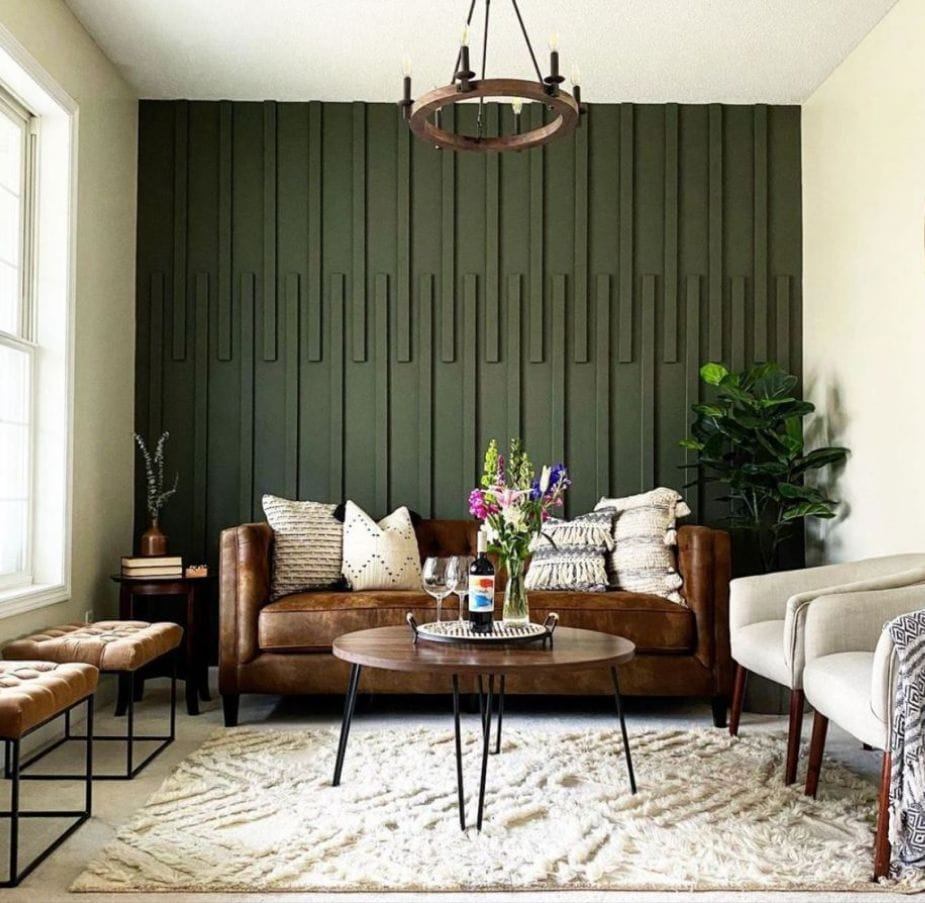
Source: Cypress Remodeling & Paint
2. Use Mirrors to Reflect Light
Designers love to use mirrors as a great way to double the visual space of a room. Their reflective surfaces bounce light around, making any tiny space feel twice its size. Placing a large mirror opposite a window not only brings more natural light into the room but also adds a reflective view of the outside, making a small room look larger. Mirrored pieces of furniture, like a chic coffee table or side table, can have a similar effect, offering functionality while keeping the space looking open and airy.
3. Choose Furniture Wisely
Choosing the right pieces of furniture is really important in a small home. First, choose furniture that is an appropriate size for your space. Filling your small room with oversized bulky furniture, or filling up the space with a lot of different furniture pieces, can have the effect of making the space look even smaller. Next, go for items with exposed legs, which will elevate the furniture off the floor, making the floor space look larger, and contributing to an overall feeling of openness. Finally, glass or lucite tables are excellent choices for your living room, providing a see-through surface that doesn’t visually crowd the space. In smaller rooms, like a small bedroom, choosing a bed with storage underneath can make a big difference, providing a place to stow away belongings and keep the room organized.
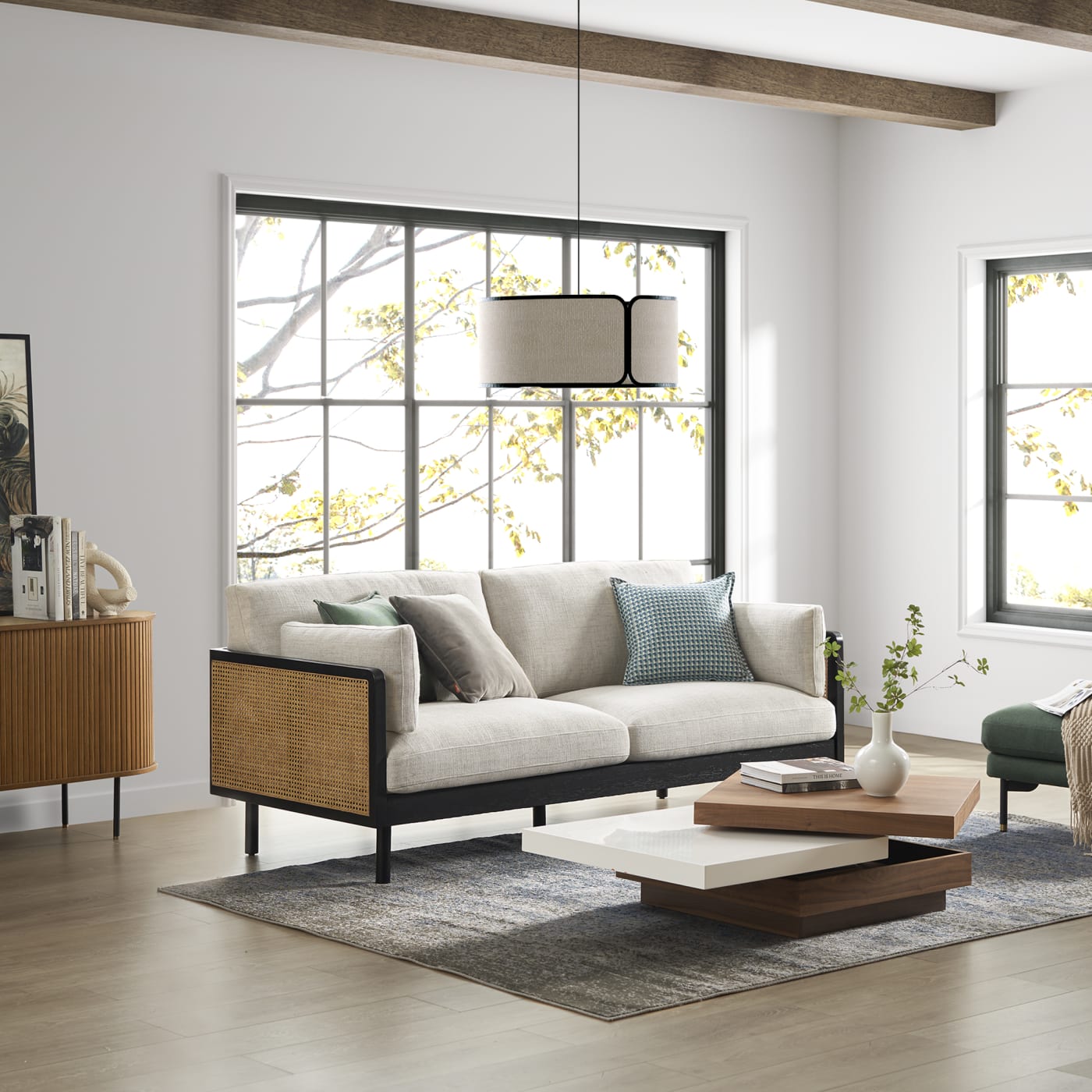
Source: Castlery
4. Embrace Vertical Space
If you have a small home, it’s essential that you utilize vertical space! Installing tall bookcases or shelving can draw the eye upward, creating the illusion of space and higher ceilings. Decorative elements like vertical stripes on window treatments, or tall floor lamps can also create this effect, making a small room feel a bit taller. Also, be sure to hang curtains closer to the ceiling, rather than just above the window frame, to amplify the height of the room.
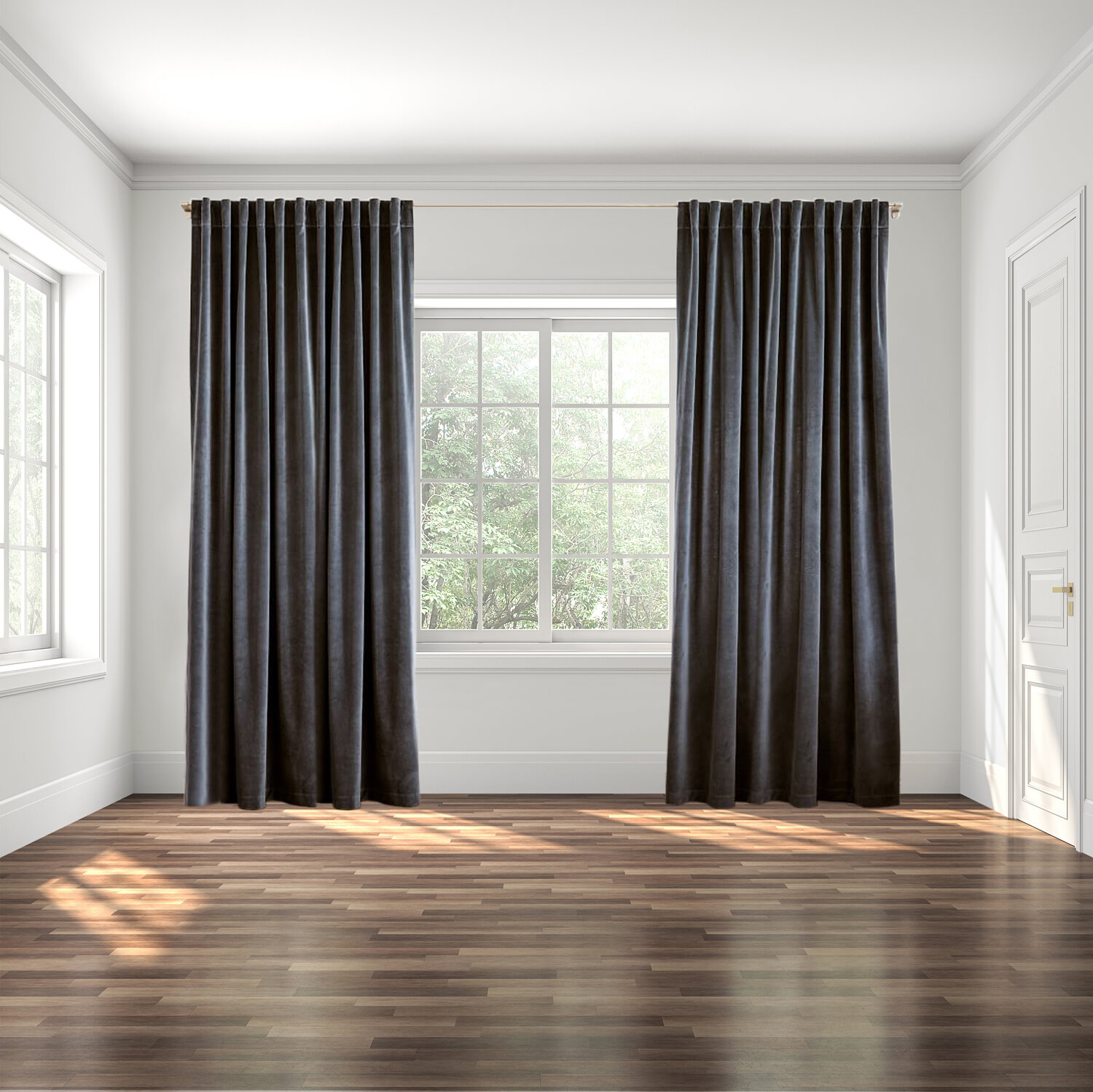
Source: Nadine Stay
5. Let in Natural Light
Maximizing natural light is another trick for making a small home feel more open and inviting. You want to ensure that your windows are not obscured by heavy curtains or shutters. Light, sheer fabrics are a better option for offering privacy while still allowing sunlight to filter through. If privacy isn’t a concern, consider going without window treatments altogether! For homes that don’t get a lot of natural light, incorporate a combination of artificial lighting sources, such as overhead lights combined with floor lamps, to illuminate dark corners and make the space look larger.
6. Declutter and Organize
A cluttered room feels smaller and more confined. If you want to make a small room feel larger, you need to embrace a more organized and streamlined decorating approach. Minimalist decor not only looks modern and chic but also avoids overwhelming the space. Keeping surfaces clear and utilizing smart storage solutions, like ottomans with hidden storage or shelving combined with closed cabinets, helps maintain an organized and spacious look.
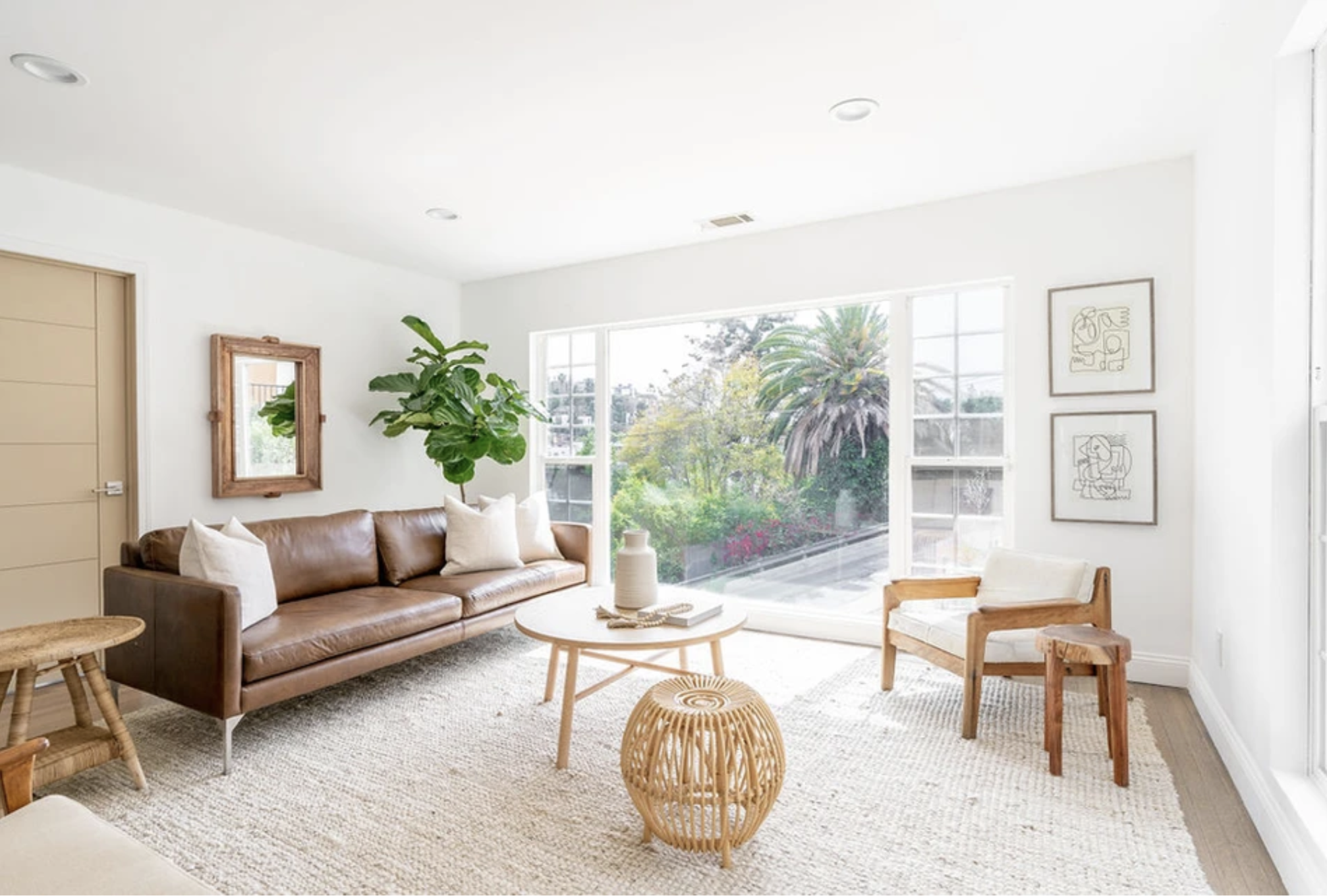
Source: The Home Consultant
7. Choose Metallic and Reflective Surfaces
Incorporating metallic finishes and reflective surfaces can have a beneficial effect on a small room, bouncing light and enhancing the overall brightness and feeling of space. From picture frames to light fixtures, choosing items with a metallic or shiny finish can add a layer of sophistication while contributing to the illusion of a larger room.
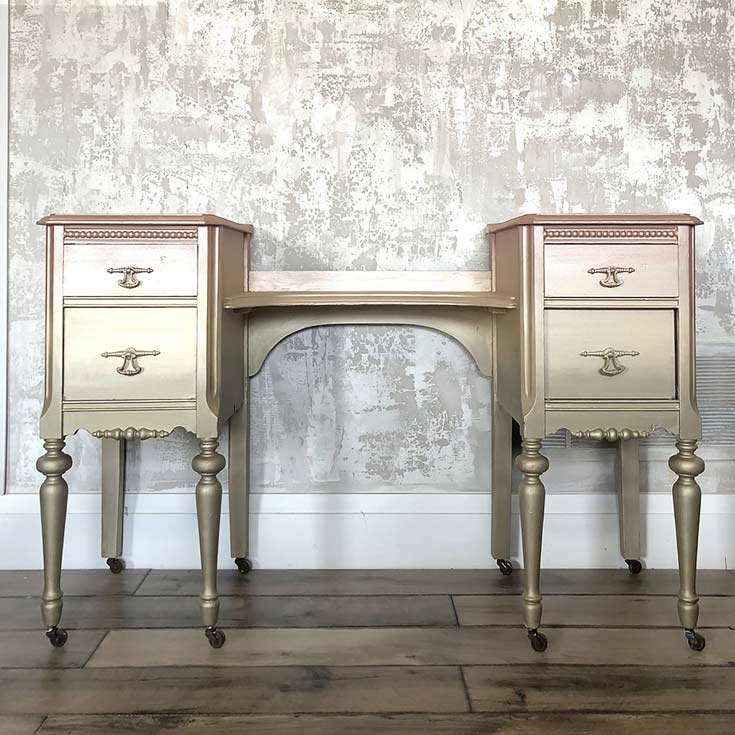
Source: Salvaged Inspirations
8. Opt for Large-Scale Art
Instead of cluttering your walls with a lot of smaller pieces, select one or two large pieces of art to serve as a focal point. This strategy simplifies the wall space, reducing visual clutter and giving the entire room a more organized and spacious feel.
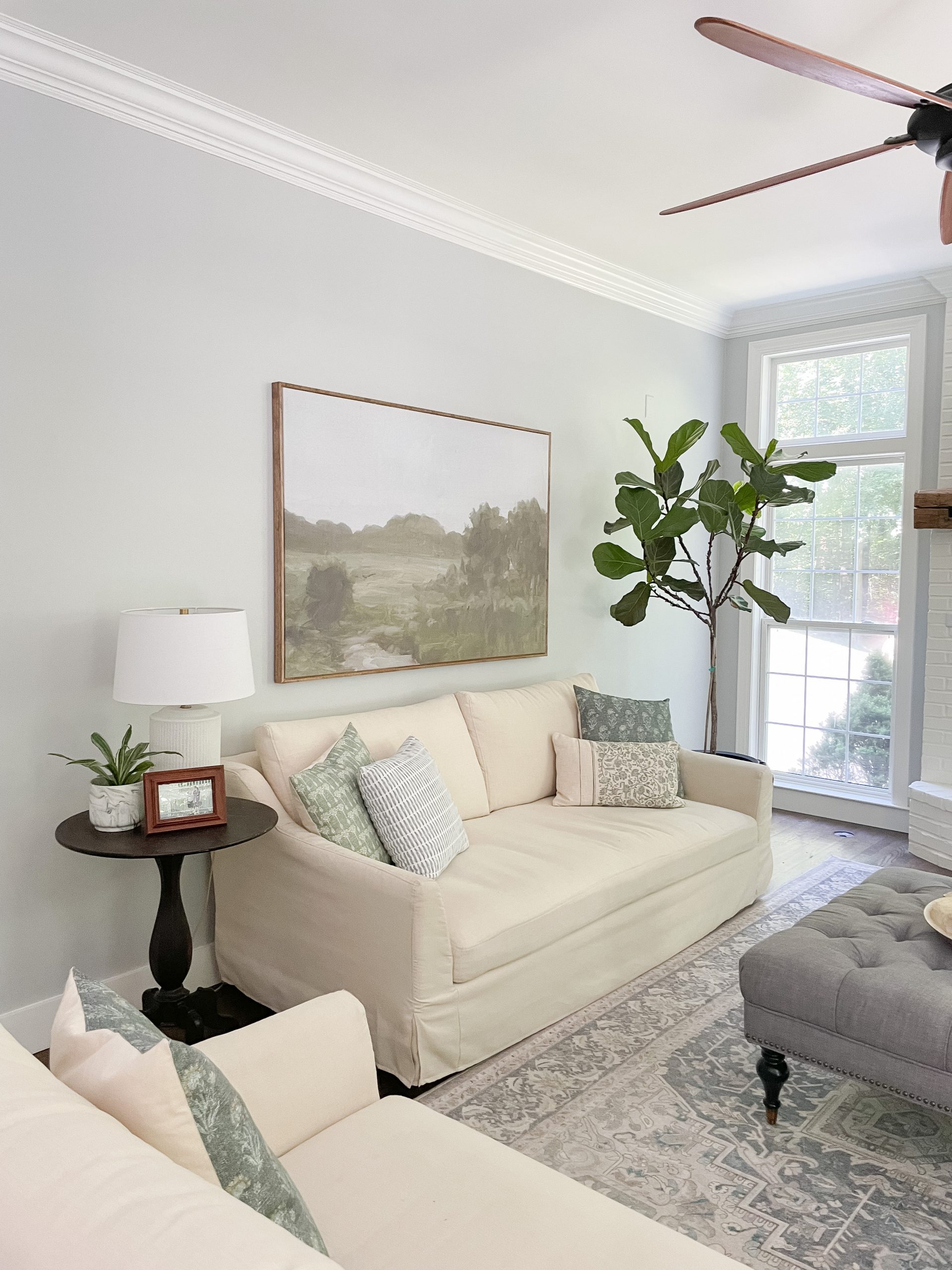
Source: Amelia Lawrence
9. Use Rugs to Define Spaces
Rugs can help define different areas within a living space, making it feel more cohesive and larger overall. The key is to use the correct size rug, and a rug that has lighter colors in it. People tend to buy area rugs that are too small, but this makes the room look smaller and unevenly proportioned. Instead, you should opt for a rug that’s large enough for all pieces of furniture to sit on comfortably. This has the effect of making the room feel more open, while unifying the space.
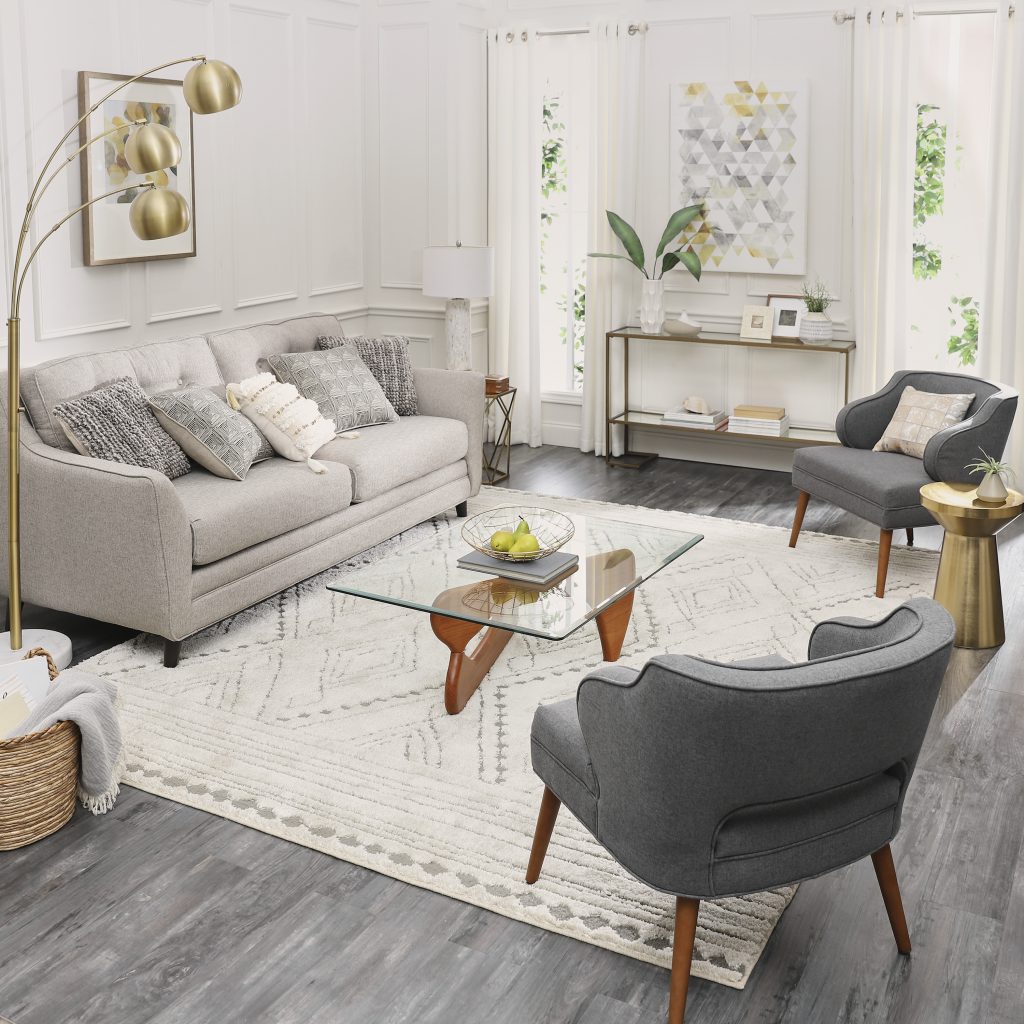
Source: Mohawk
10. Embrace All Available Space
Small homes can be full of character, often having unique nooks and crannies that can be transformed into functional spaces. A window seat, for example, not only provides additional storage but also creates a cozy reading spot, maximizing the use of available space. An underutilized closet could be opened up and transformed into a small office space. When you have a small home, it’s important to look for any and all opportunities to get creative with the space you have. Making use of some open space under a window or staircase could be a golden opportunity to make your home look and feel more spacious.
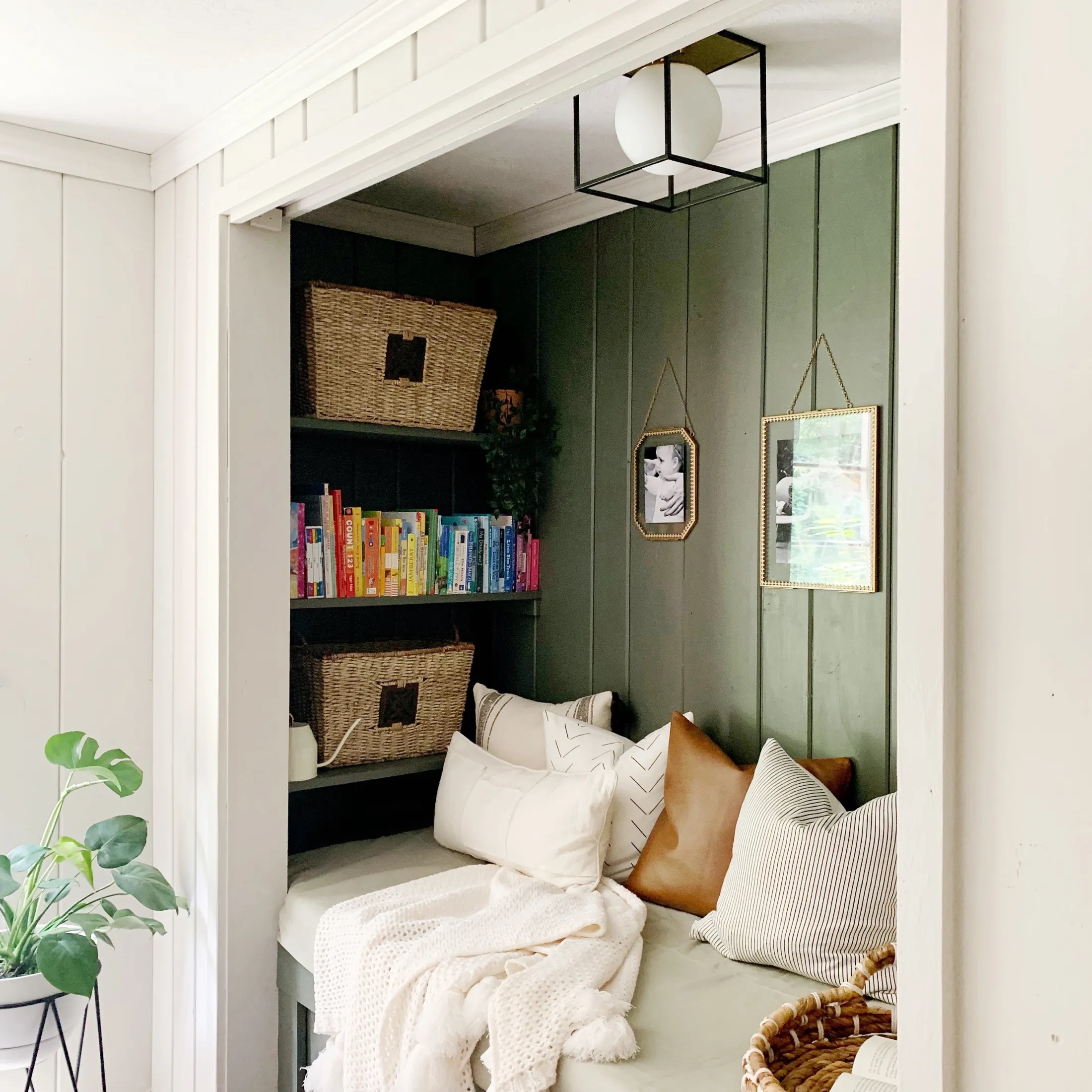
Source: Style and Dwell
Implementing these designer tricks can dramatically change the look and feel of your home, proving that even the smallest rooms can be transformed into spaces that feel more spacious. The good news is that you don’t need a big budget or extensive renovations to make your small room look bigger and brighter. With light colors, smart furniture selection, and some strategic styling, you can make any room appear larger and more inviting.

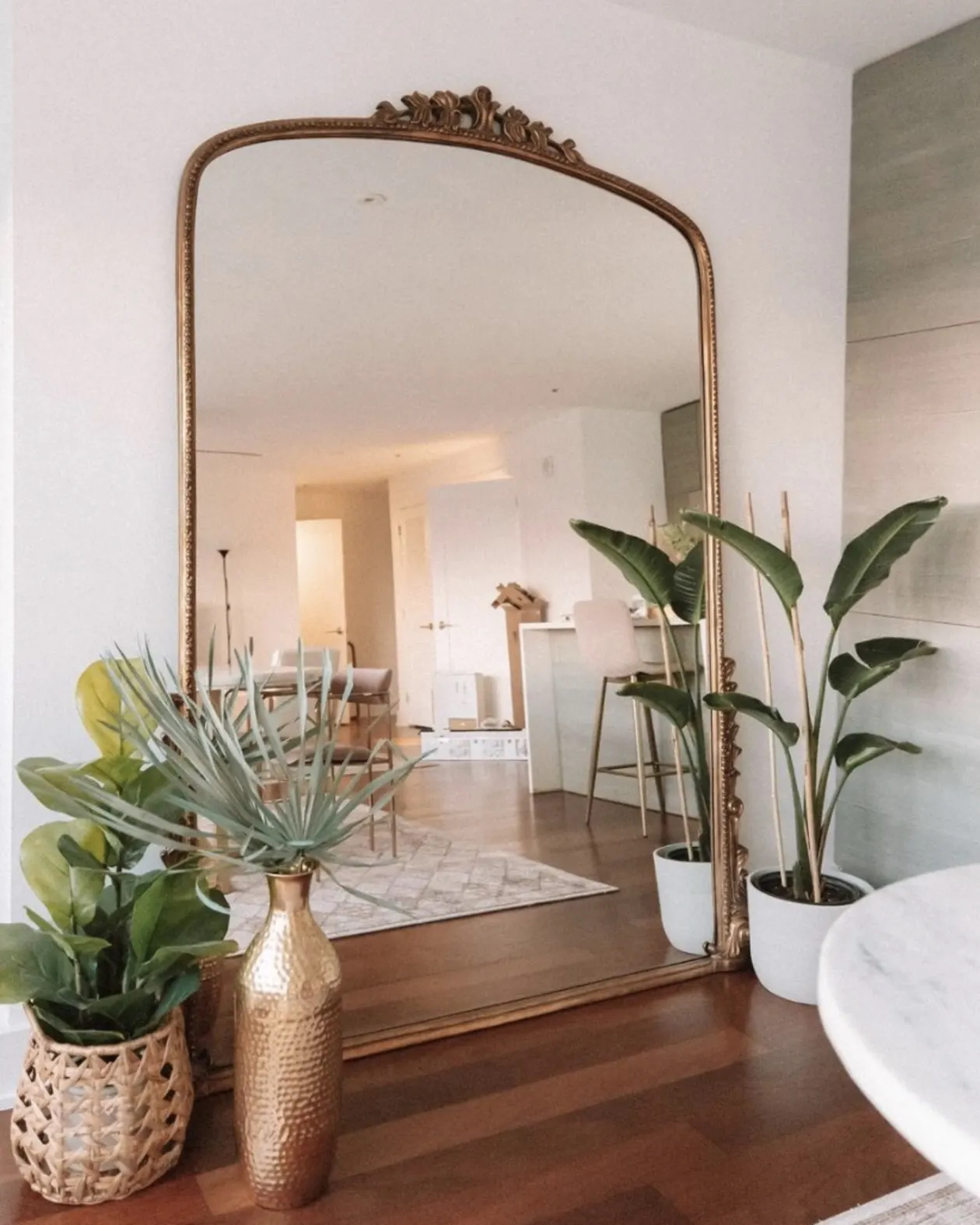
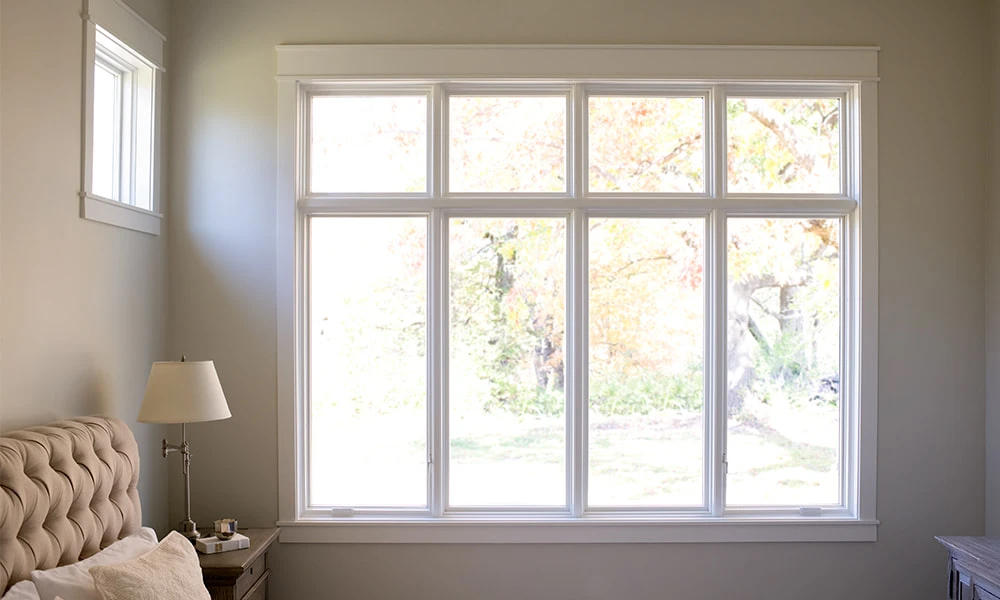
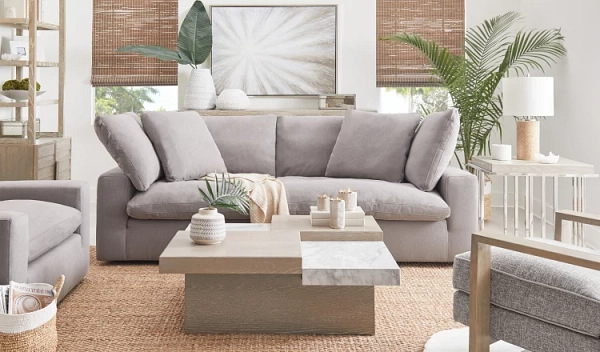
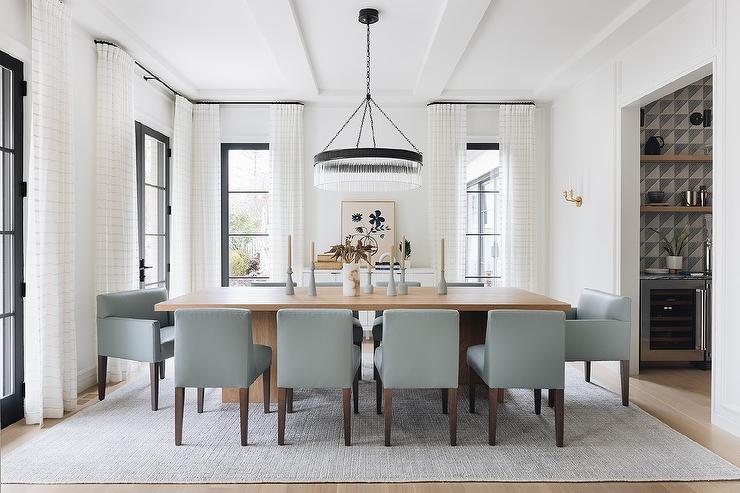
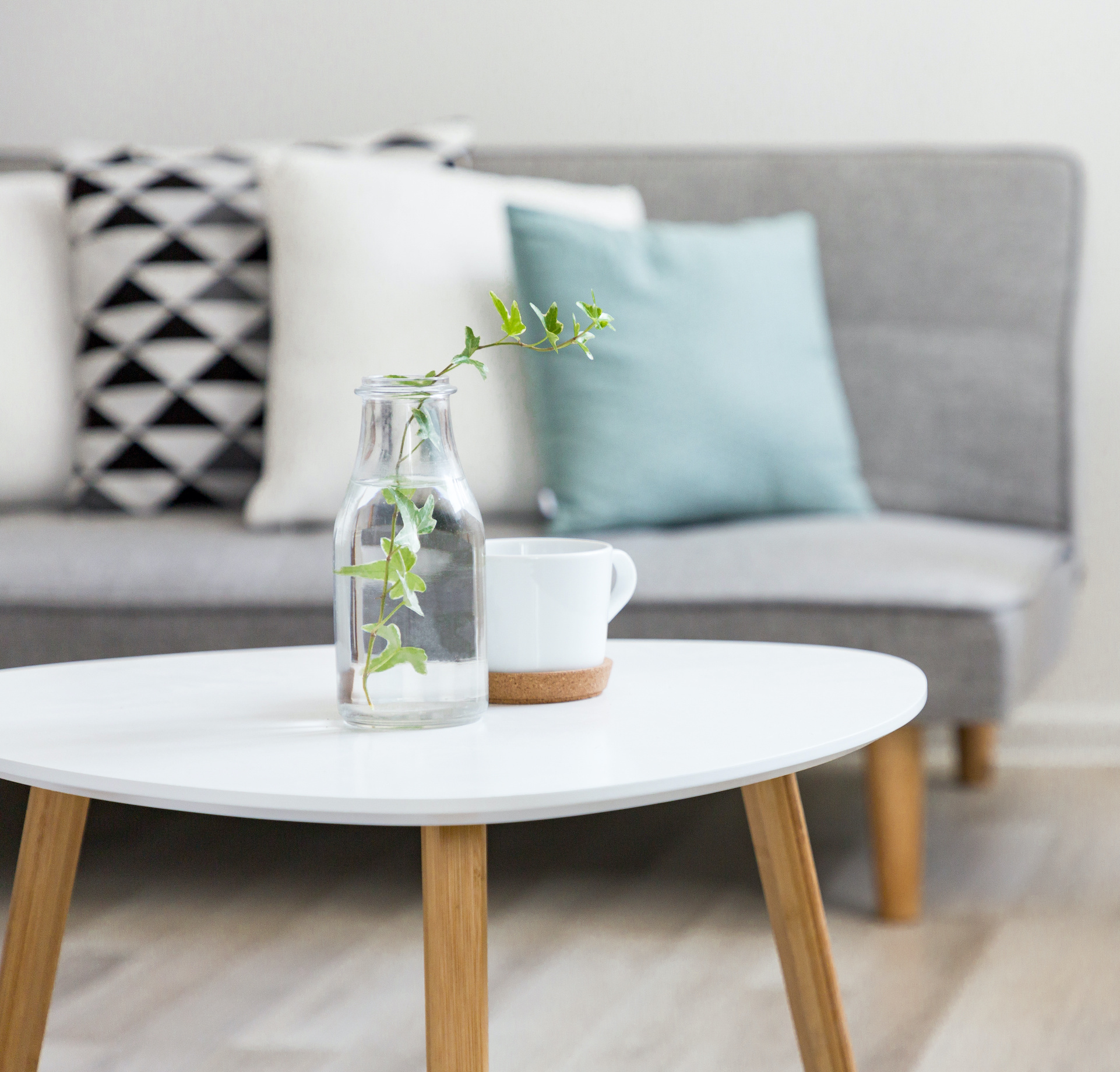


Leave A Comment